Samuel E. Anthony
Guiding Machine Perception with Psychophysics
Jul 05, 2022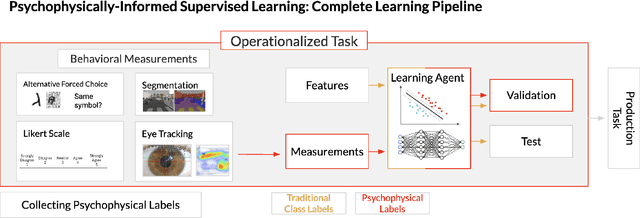

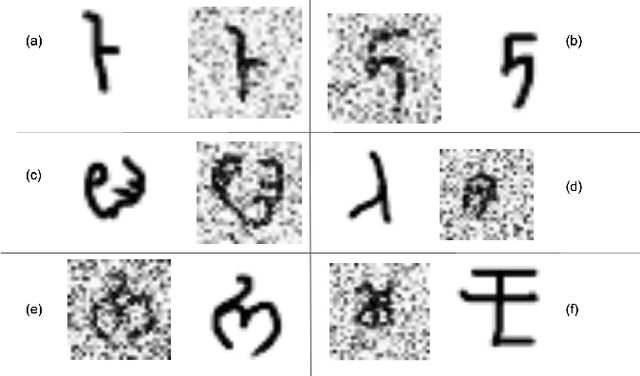
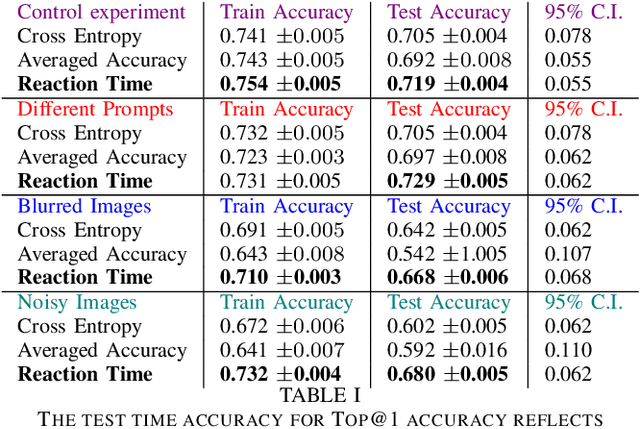
Abstract:{G}{ustav} Fechner's 1860 delineation of psychophysics, the measurement of sensation in relation to its stimulus, is widely considered to be the advent of modern psychological science. In psychophysics, a researcher parametrically varies some aspects of a stimulus, and measures the resulting changes in a human subject's experience of that stimulus; doing so gives insight to the determining relationship between a sensation and the physical input that evoked it. This approach is used heavily in perceptual domains, including signal detection, threshold measurement, and ideal observer analysis. Scientific fields like vision science have always leaned heavily on the methods and procedures of psychophysics, but there is now growing appreciation of them by machine learning researchers, sparked by widening overlap between biological and artificial perception \cite{rojas2011automatic, scheirer2014perceptual,escalera2014chalearn,zhang2018agil, grieggs2021measuring}. Machine perception that is guided by behavioral measurements, as opposed to guidance restricted to arbitrarily assigned human labels, has significant potential to fuel further progress in artificial intelligence.
Visual Psychophysics for Making Face Recognition Algorithms More Explainable
Jul 19, 2018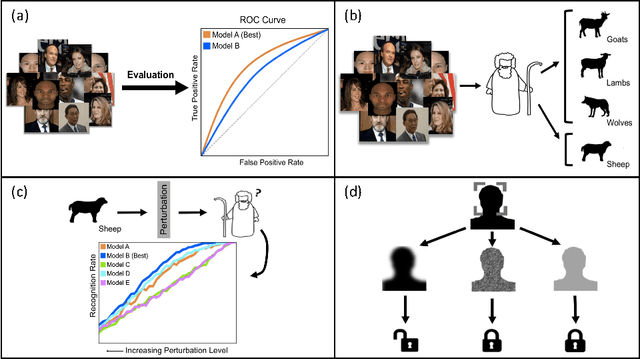
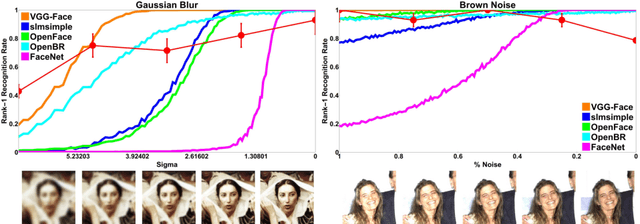
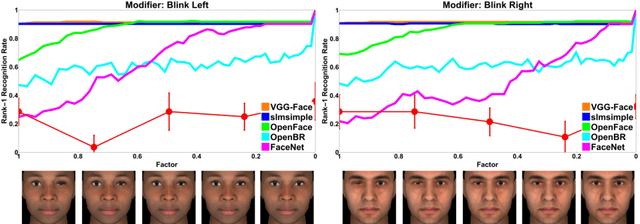
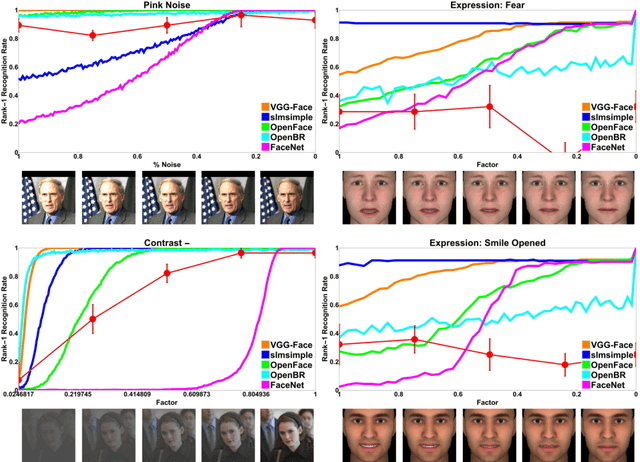
Abstract:Scientific fields that are interested in faces have developed their own sets of concepts and procedures for understanding how a target model system (be it a person or algorithm) perceives a face under varying conditions. In computer vision, this has largely been in the form of dataset evaluation for recognition tasks where summary statistics are used to measure progress. While aggregate performance has continued to improve, understanding individual causes of failure has been difficult, as it is not always clear why a particular face fails to be recognized, or why an impostor is recognized by an algorithm. Importantly, other fields studying vision have addressed this via the use of visual psychophysics: the controlled manipulation of stimuli and careful study of the responses they evoke in a model system. In this paper, we suggest that visual psychophysics is a viable methodology for making face recognition algorithms more explainable. A comprehensive set of procedures is developed for assessing face recognition algorithm behavior, which is then deployed over state-of-the-art convolutional neural networks and more basic, yet still widely used, shallow and handcrafted feature-based approaches.
PsyPhy: A Psychophysics Driven Evaluation Framework for Visual Recognition
Jul 04, 2018


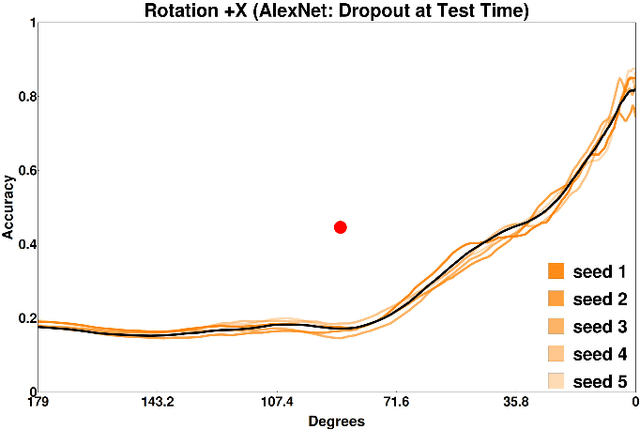
Abstract:By providing substantial amounts of data and standardized evaluation protocols, datasets in computer vision have helped fuel advances across all areas of visual recognition. But even in light of breakthrough results on recent benchmarks, it is still fair to ask if our recognition algorithms are doing as well as we think they are. The vision sciences at large make use of a very different evaluation regime known as Visual Psychophysics to study visual perception. Psychophysics is the quantitative examination of the relationships between controlled stimuli and the behavioral responses they elicit in experimental test subjects. Instead of using summary statistics to gauge performance, psychophysics directs us to construct item-response curves made up of individual stimulus responses to find perceptual thresholds, thus allowing one to identify the exact point at which a subject can no longer reliably recognize the stimulus class. In this article, we introduce a comprehensive evaluation framework for visual recognition models that is underpinned by this methodology. Over millions of procedurally rendered 3D scenes and 2D images, we compare the performance of well-known convolutional neural networks. Our results bring into question recent claims of human-like performance, and provide a path forward for correcting newly surfaced algorithmic deficiencies.
 Add to Chrome
Add to Chrome Add to Firefox
Add to Firefox Add to Edge
Add to Edge